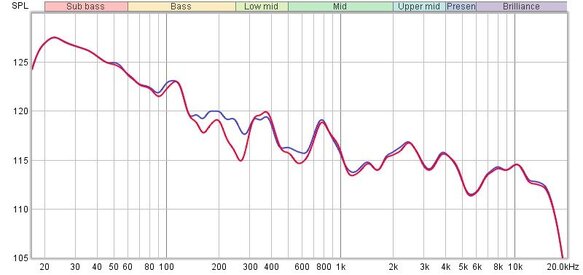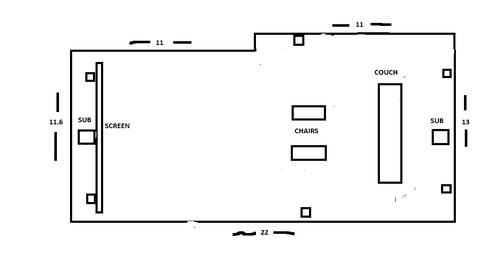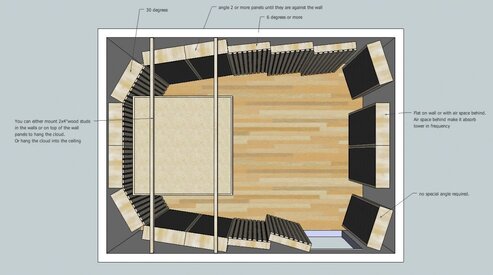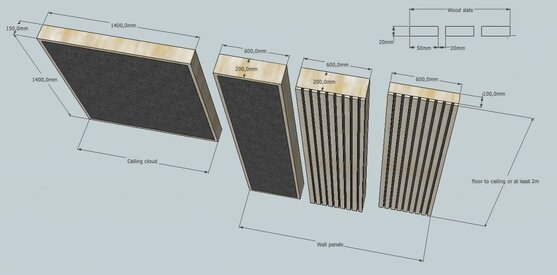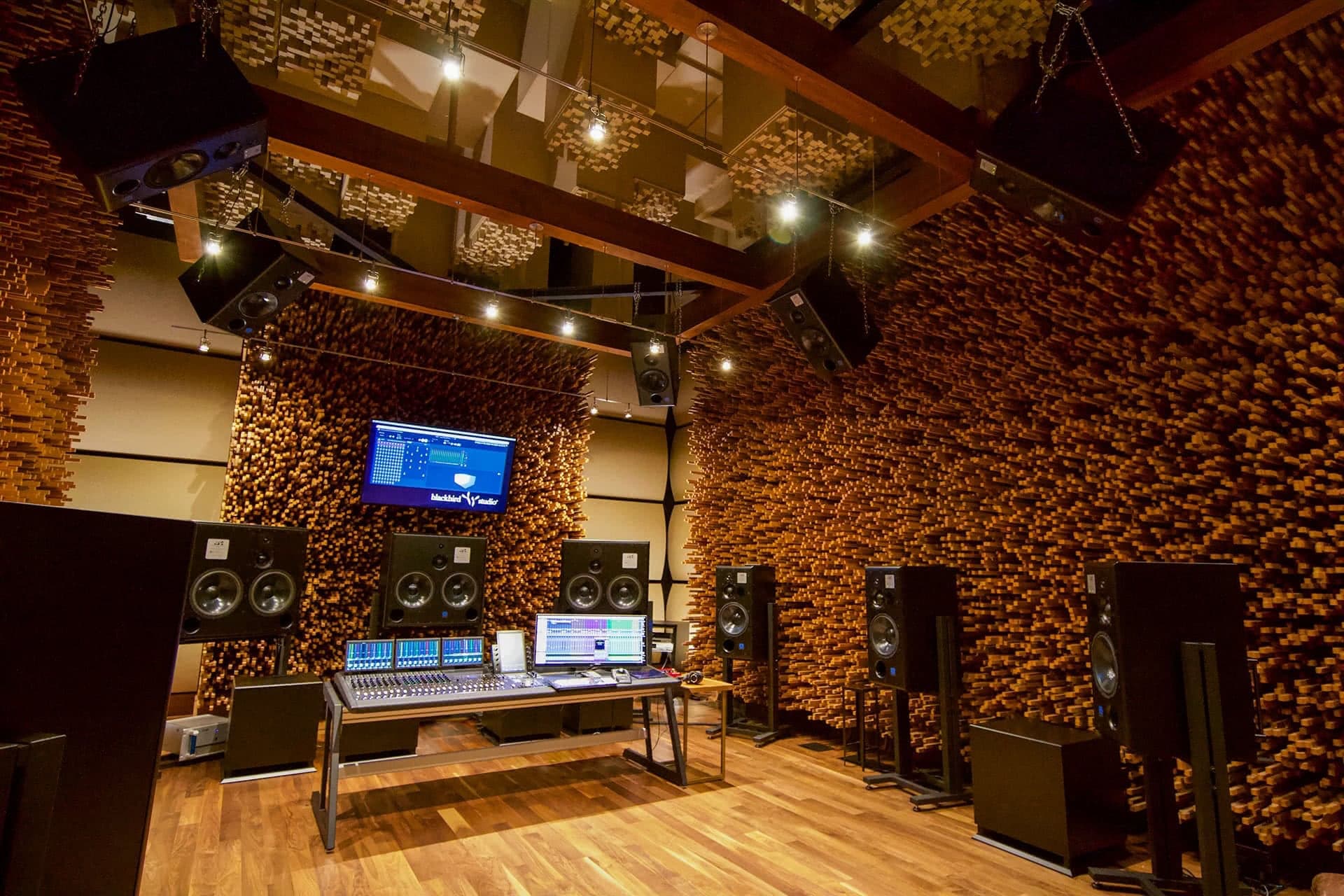"I don't know that we need to treat what studios do as a gold standard for appropriate treatment. The research into preferences for rooms doesn't match common studio treatment techniques and the arguments in favor of things like zero reflection zones are more about creating a kind of acoustic scalpel rather than what sounds best. The same is true of the ITU listening rooms. They were designed specifically to allow a listener to discern small differences in equipment or encoding systems. Not what sounds best overall."
Well that old Big Wheel (of Confusion) Keeps on Turning.
I can assure you that the best of Studio Control rooms/Speaker systems, are extremely high resolution, and sound way better than anything one hears really anywhere else in the world.
BUT, from memory, Toole concluded in one text that the lack of any clearly defined Mixing environment, is an utter shambles, full of contradictory facts and theories.
My reading of the ITU specs is that the rooms were designed to work in and to deliver a reliable result EVERYWHERE. A high resolution space with enough creature comfort room feedback to enable long periods of work .
Unbiased enough that any engineer is likely to deliver a similar tonal product. But actually IN the listeners' myriad environments, Buds to Car to Cinema.
i.e. Sorry Matt but that translates to What sounds best OVERALL.
The Scalpel. You have touched on an elephant of CR acoustic practice. Many were and are designed to be Anechoic. Non Environment.
Lack of reflections definitely makes it easier to hear details, chose reverbs etc. However such a response is devoid of normal room gain, and is thus HF boosted from norm by at least 6dB.
Oddly some 'top' designers deny this is a problem. While others advocate simulating the average listeners experience. e.g. The curves researched by B&K, Harman, Sonarworks, Dirac Live.
Any experience of Mixing will readily show that one delivers the opposite to any room or speaker bias. Bright room, dull mix.
One notes that nobody listens on Audiometric Headphones, i.e. Lab perfectly flat, highest resolution.
Boggy, RIP, designed rooms, which complied with ITU desires, had the highest resolution, lack of colouration, but included both creature comfort reflections and a perfectly balanced albeit short ambience.
myroom-acoustics.com is your first and best source for all of the information you’re looking for. From general topics to more of what you would expect to find here, myroom-acoustics.com has it all. We hope you find what you are searching for!
www.myroom-acoustics.com
Massenburg and D'Antonio, fulfilled the same set of wishes. Here is Blackbird Studio C with a 'proper' surround setup.
Studio CStudio CStudio CThe ultimate in 3D audio.Blackbird Studio C is simply the finest immersive mix and playback environment in the world. The room’s open

www.blackbirdstudio.com
"In a 2-channel room, the room itself contributes the 3rd dimension of sound, the room reflections, necessarily to create a sense of apparent source width and envelopment. The music is encoded only with the reverb, it is impossible for a reflection free listening space and 2 speakers to recreate these effects and so good room designs for 2 channel would need to be optimized to contribute this effect. Since real music in real spaces are acoustically larger than our listening space, the treatment of the room needs to focus on making the room sound bigger than it really is. Hence the use of diffusion, reduction of very early reflections, and that initial gap."
Sorry Matt, but no. Recording played without local ambiance deliver the recorded space much better than a small room with contradictory early reflections and a spectrum of short decay utterly removed from a Concert Hall or Reverb Chamber or Plate. Such a lack of 'noise' reveals the ambiance and envelopment of the recording in a spectacular fashion.
Anyone can test this readily. Headphones are highly immersive.
DD







